Turmeric Rubbing Stone
Brings you the handmade Natural Stone-based Turmeric Rubbing Stone or Chandan Patta/Chakla.
The traditional grinding method in India is to get the best paste of Sandalwood or Chandan or make Kids Ghutti & grind some herbs.
Natural rough Stone with a coarse surface that helps the grinding process. The base has to descend ring shape to provide stability while grinding.
Names across different European regions. In France, it’s known as “Pierre de broyage de curcuma,” in Spanish regions as “Piedra de molienda de cúrcuma, Italian: “Pietra per macinare il curcuma”, Portuguese: “Pedra de moer açafrão-da-terra”, Swedish: “Gurkmeja slipsten”.
A rubbing stone for turmeric, often referred to as a “turmeric grinding stone” or “turmeric rubbing pot,” is a specialized kitchen tool used in many South Asian and Indian households. It serves the primary purpose of grinding fresh turmeric roots into a paste or powder. Turmeric is a commonly used spice in these regions and is known for its vibrant yellow color and numerous health benefits. Here’s a description of a typical turmeric rubbing stone:
- Material: Urakallu are traditionally made from durable and coarse-grained natural materials, such as granite or sandstone. These materials are well-suited for grinding turmeric roots, which are tough and fibrous.
- Shape and Size: A Vasambu Kal typically has a flat, circular or oval-shaped surface with a shallow depression in the center. The depression serves as a grinding area, while the outer part provides stability and support. The size can vary, with some being small and handheld and others larger and set on a base.
- Usage: To use the manjal kalllu, fresh turmeric roots are first washed and peeled. The peeled turmeric is then placed in the central depression of the stone. A circular or back-and-forth motion with a stone or a smaller hand-held grinding stone, often called a “rolu” or “rolu-khal,” is applied to crush and grind the turmeric root into a fine paste or powder. Water can be added to the turmeric to create a smooth paste.
- Traditional Significance: In many South Asian cultures, the use of a arisinada shile is deeply rooted in tradition. Turmeric holds cultural and religious significance, and grinding it manually is seen as a way to preserve the authenticity of the spice.
- Benefits: Using a arisinada shile allows you to have control over the texture and consistency of the ground turmeric. This is especially important in Indian and South Asian cooking, where turmeric is a staple ingredient. Freshly ground turmeric is also believed to have a more vibrant flavor and higher nutritional value compared to pre-packaged turmeric powder.
- Maintenance: After use, the stone should be thoroughly cleaned to remove any remaining turmeric residue. It’s important to keep the stone dry to prevent mold growth.
Haldi Pisne ka Patthar
are not only practical tools for grinding turmeric but also have cultural and traditional significance in many households. They represent a connection to the rich culinary heritage of South Asia and are valued for their ability to create fresh, flavorful turmeric preparations.
as “हल्दी पिसने का पत्थर” (pronounced as “Haldi Pisne ka Patthar”). Here, “हल्दी” (Haldi) means turmeric, “पिसने” (Pisne) means grinding, and “पत्थर” (Patthar) means stone. So, “हल्दी पिसने का पत्थर” translates to “Turmeric Grinding
Arisinada Shile
is the Kannada name , “ಅರಿಶಿಣದ ಶಿಲೆ” (Arisinada Shile) means “Turmeric Stone” or “Turmeric Grinding Stone.” This type of stone is used for grinding or rubbing turmeric root to make turmeric paste or powder, and it is a common kitchen tool in South Indian households
A turmeric rubbing stone, also known as a haldi rub or haldi stone, is a traditional tool used in Indian culture for various purposes, primarily related to the preparation of turmeric paste for skincare and religious rituals. Turmeric is known for its medicinal and cosmetic properties. Here’s how a turmeric rubbing stone is typically used:
- Skincare and Beauty:
- Turmeric Paste: To create a turmeric paste for skincare, a small piece of turmeric root or turmeric powder is rubbed on the stone’s rough surface along with other ingredients like water, yogurt, milk, or rosewater. This paste is applied to the face or body for its anti-inflammatory and skin-brightening properties. It is often used as a natural face mask or body scrub.
- Religious and Ritual Purposes:
- Pooja (Prayer): Turmeric paste prepared on a rubbing stone may be used in Hindu religious ceremonies, including weddings, festivals, and other rituals. It is applied to idols of deities and used to make symbols and designs (rangoli) during auspicious occasions.
- Turmeric Kumkum: Turmeric paste mixed with vermilion is used to make a sacred symbol (tilak) on the foreheads of worshippers during religious ceremonies.
- Cooking:
- Turmeric Powder: Turmeric roots can be ground on a turmeric rubbing stone to create fresh turmeric powder, which is commonly used in Indian cooking to add flavor and color to dishes.
This product Available on Amazon also
Please visit Arc Retail More product


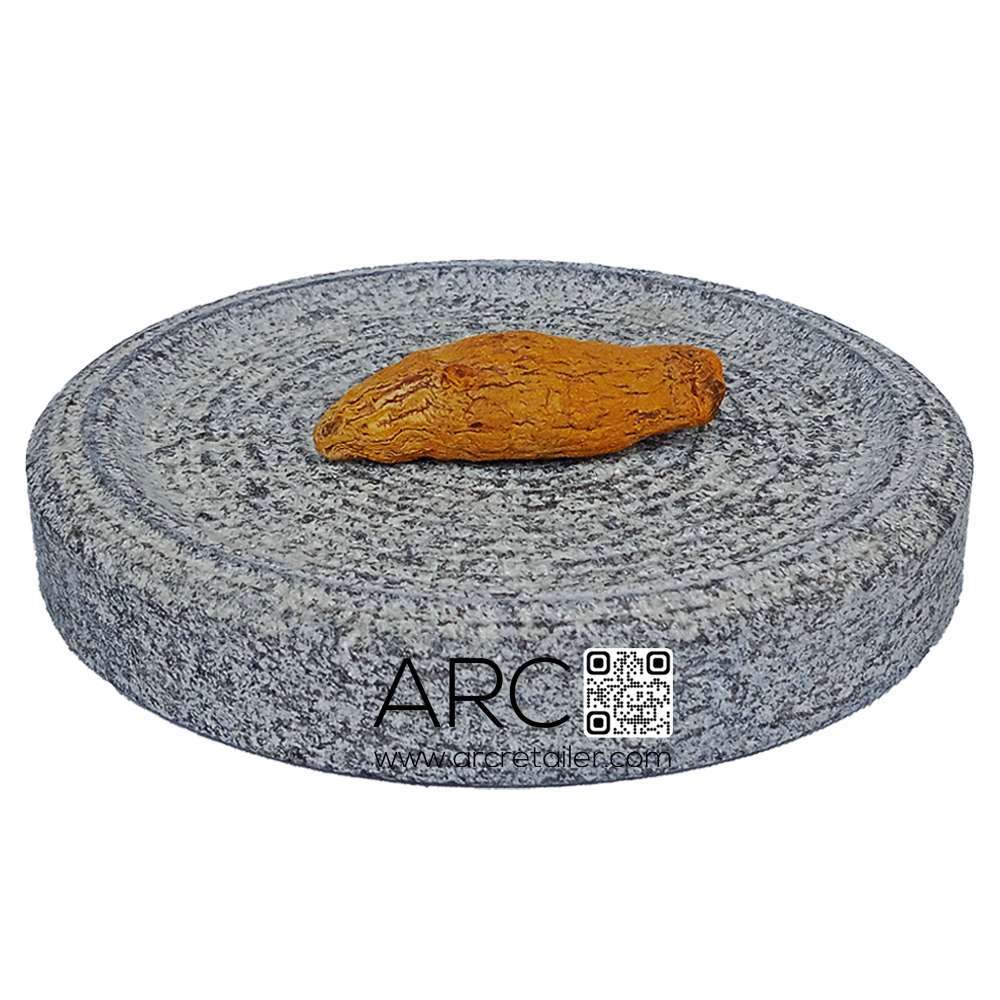
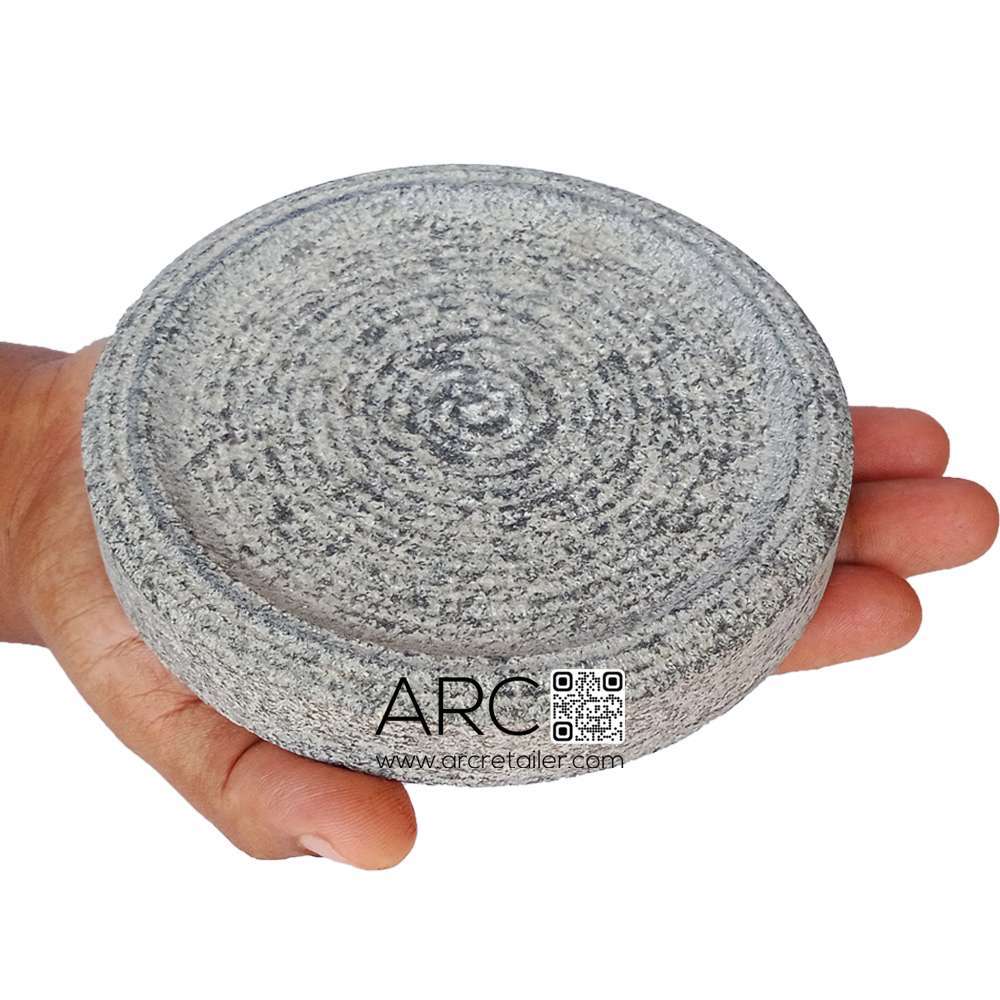

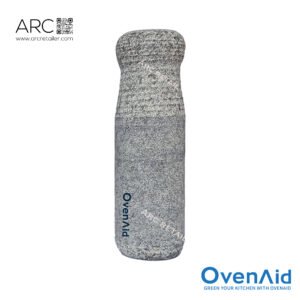
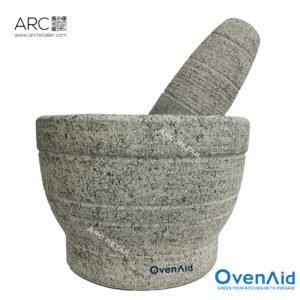

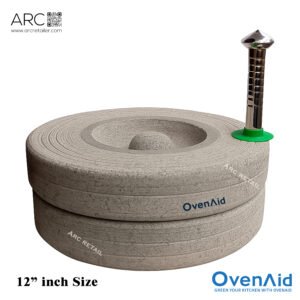

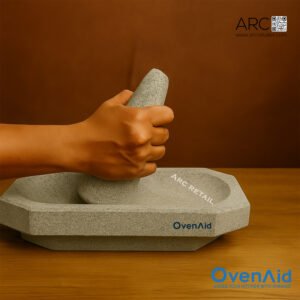

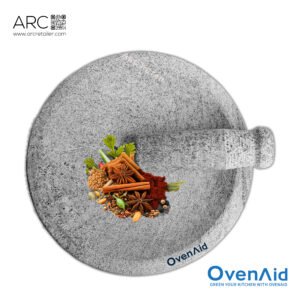
Reviews
There are no reviews yet